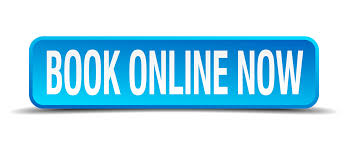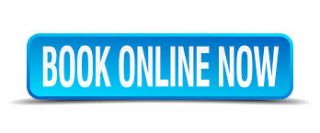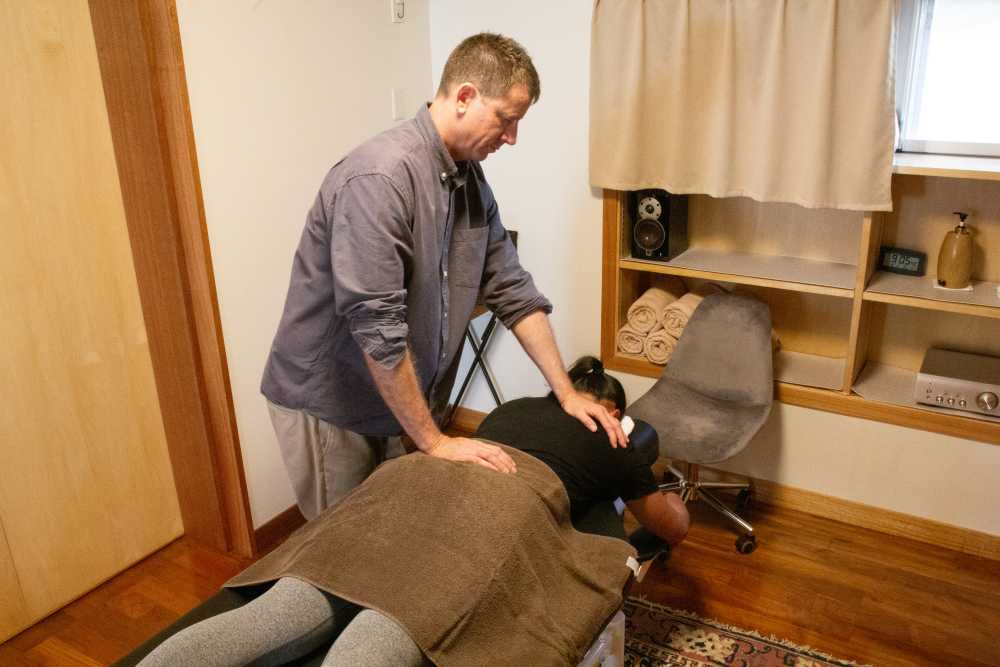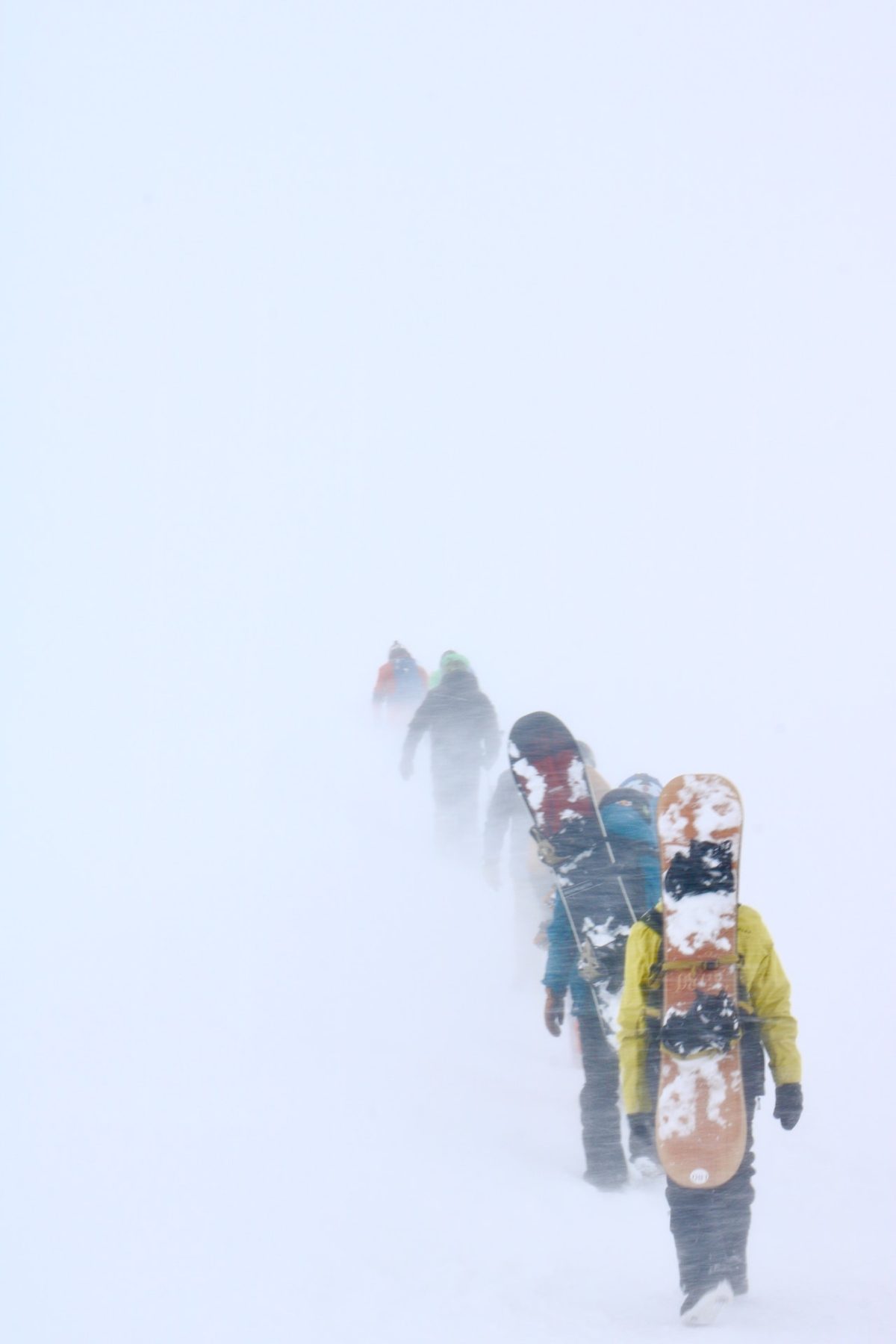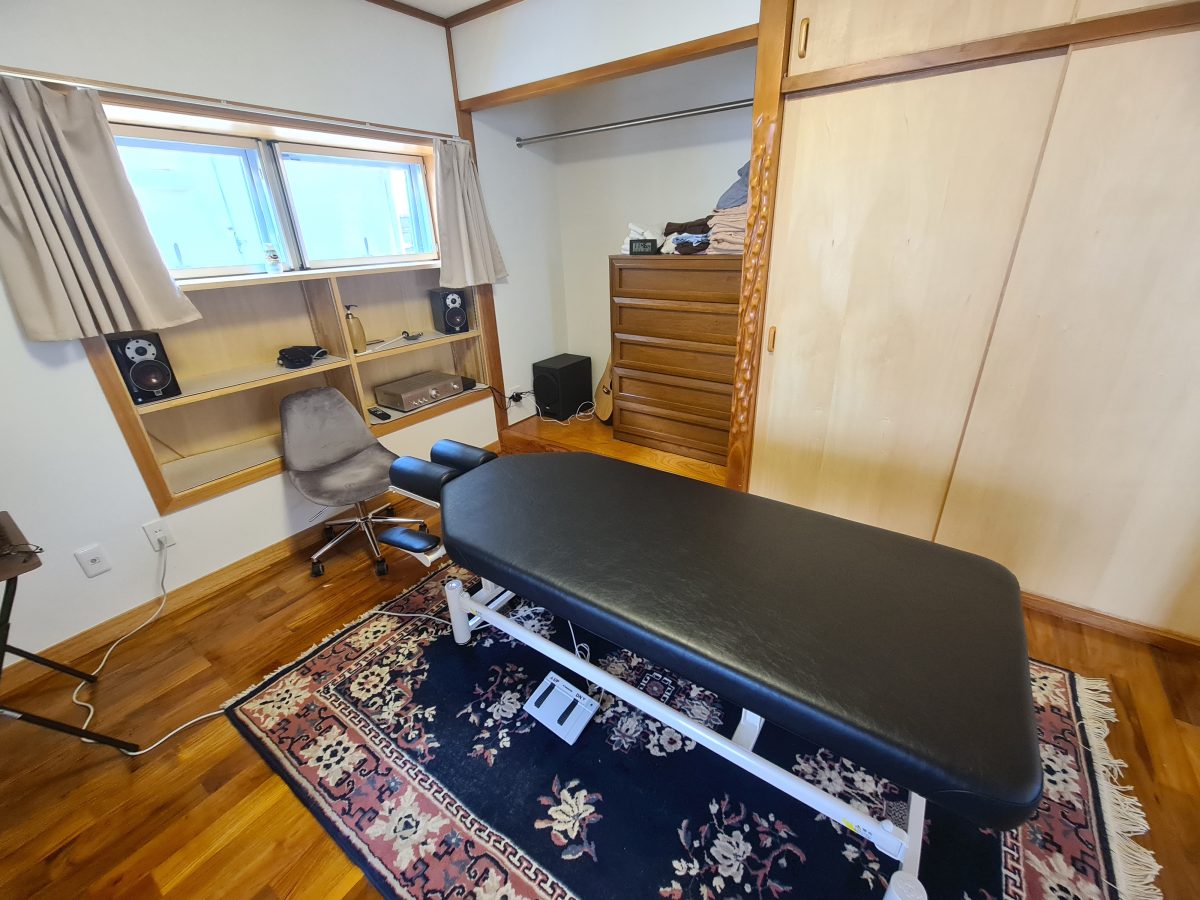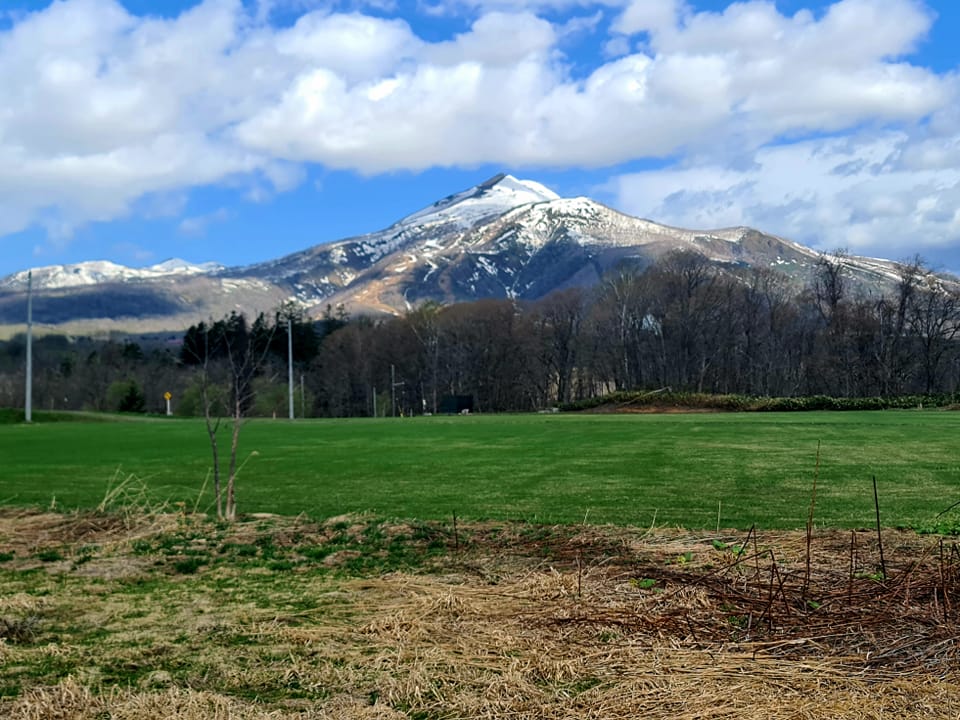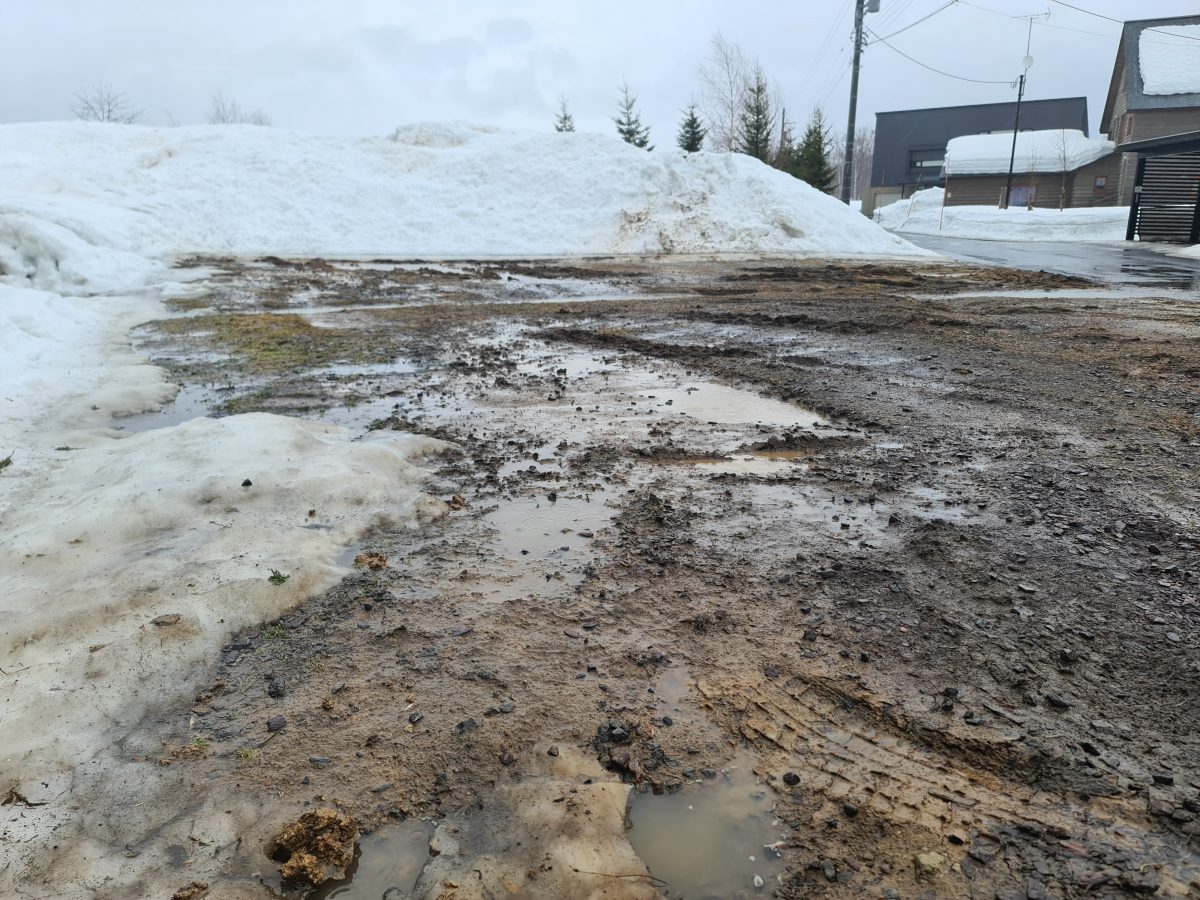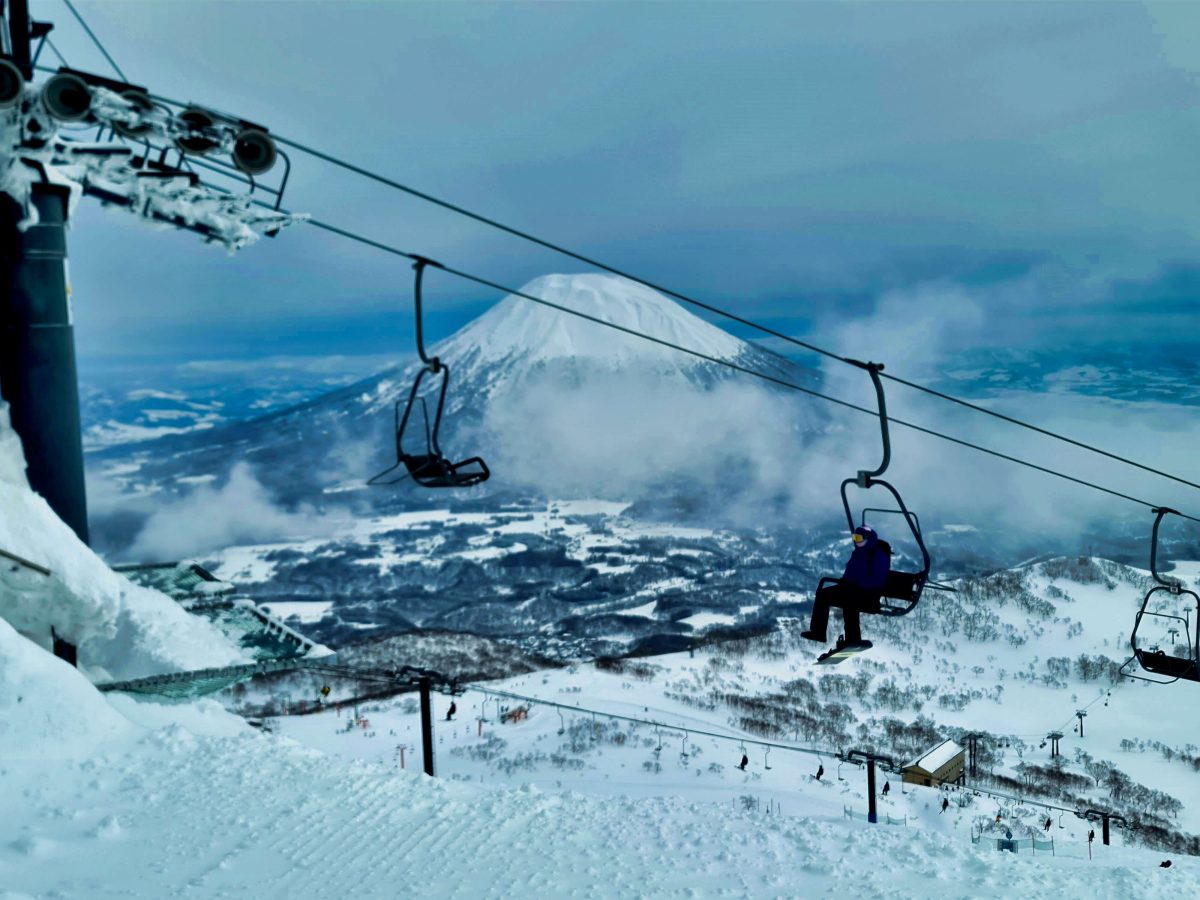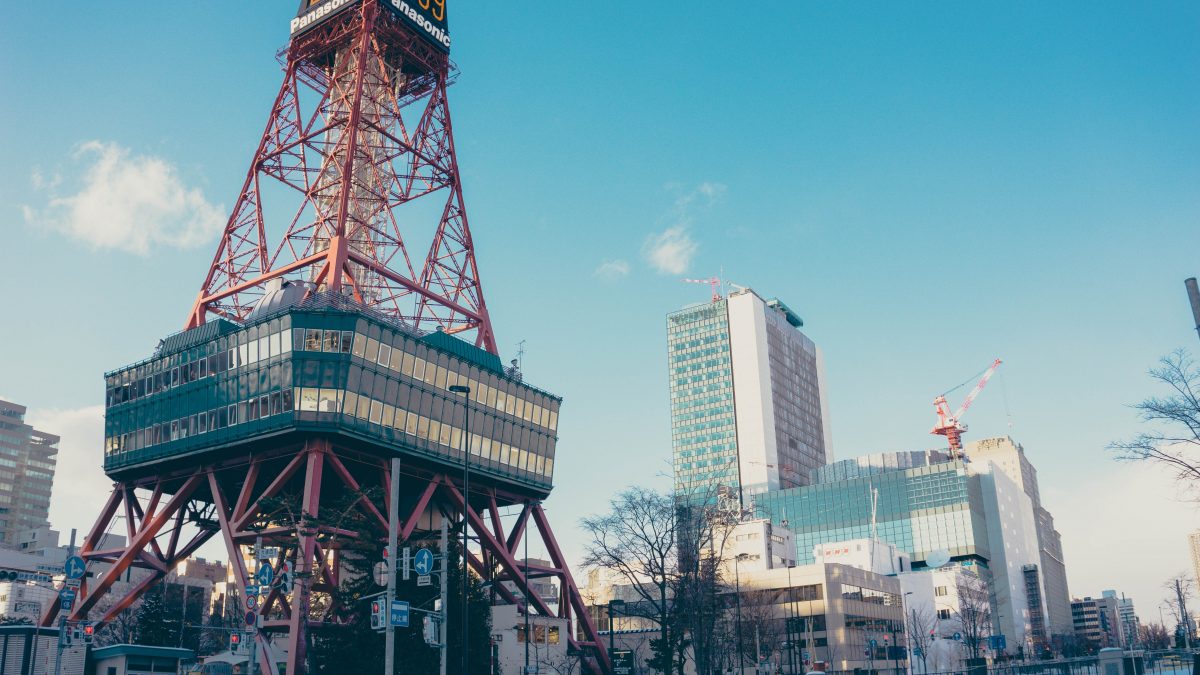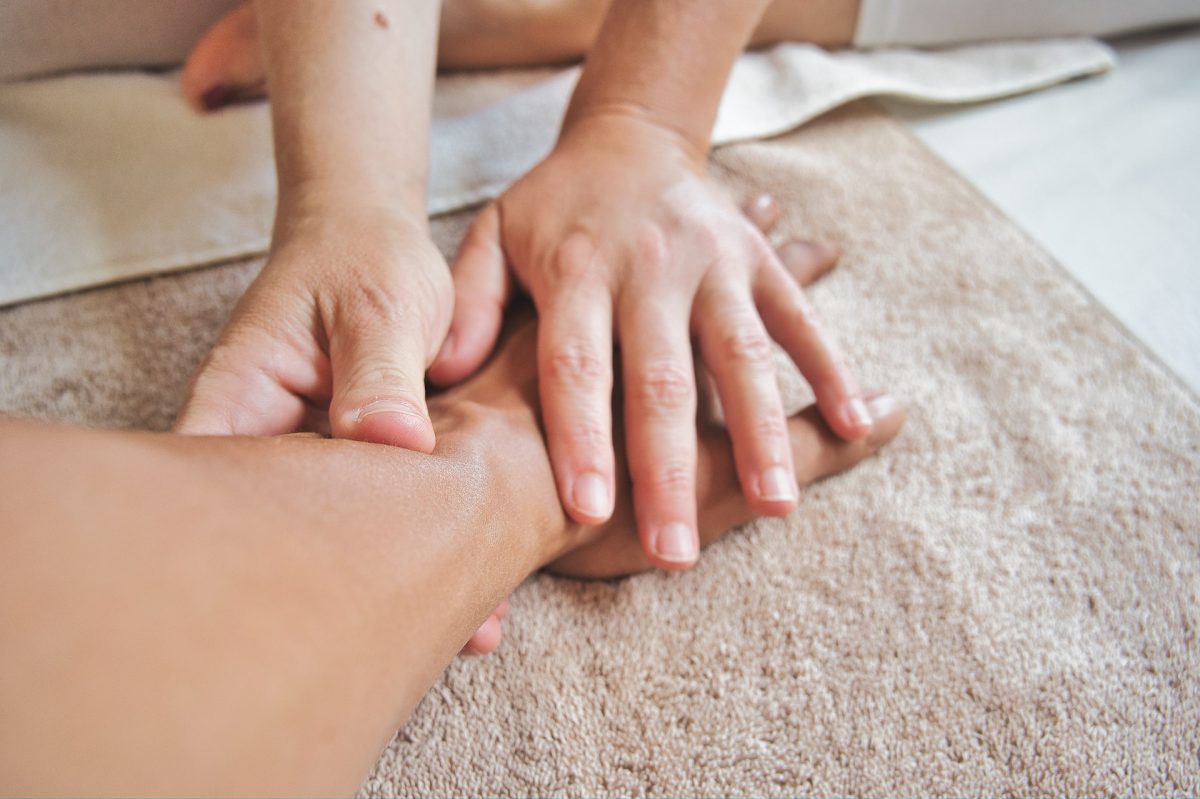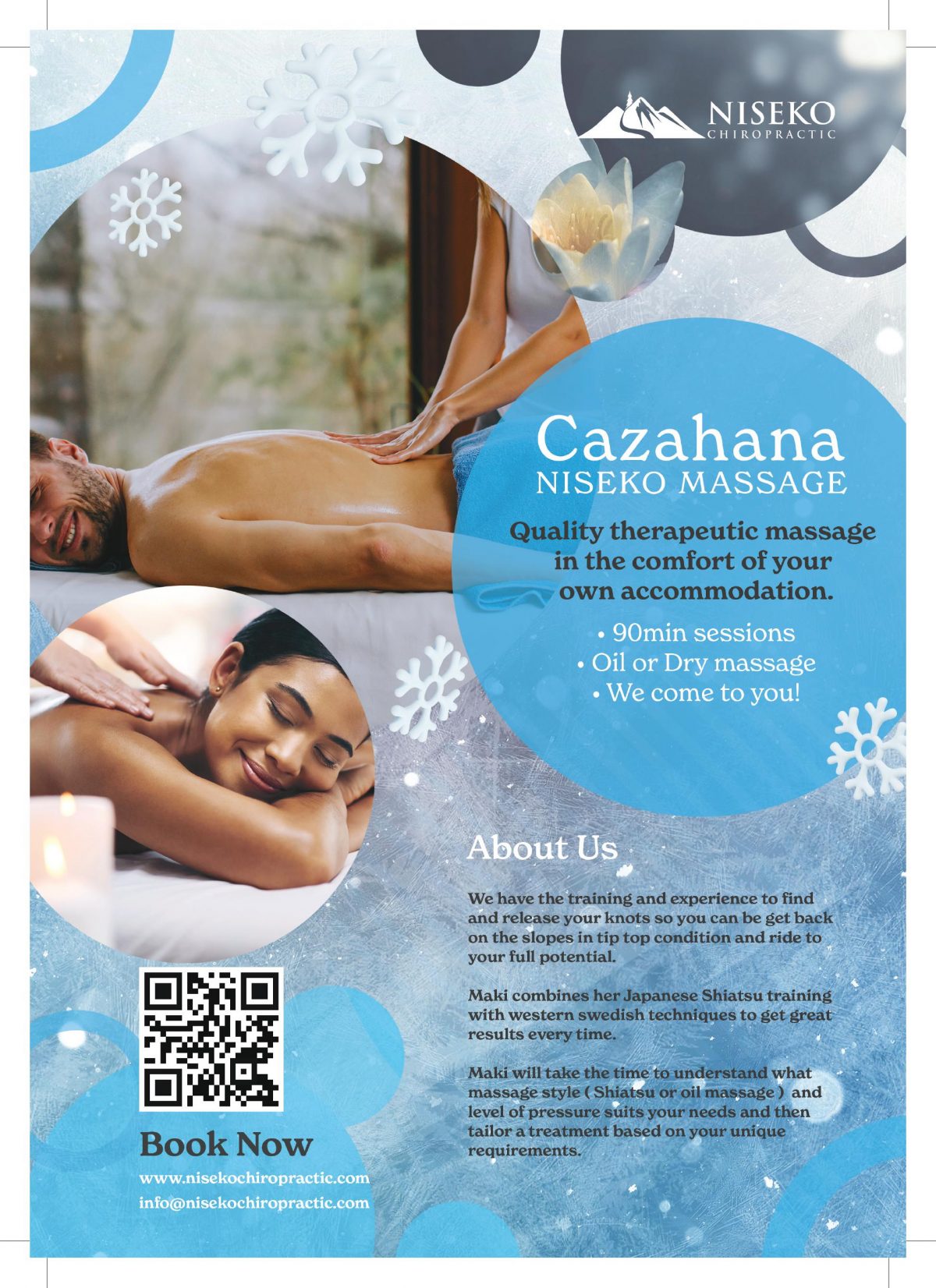Snowboarding and skiing in Niseko is an exhilarating winter sport that demands not only skill and courage but also places significant stress on the body.
As snowboarders and skiers carve through snow-covered slopes, they engage various muscle groups, joints, and ligaments. The physical demands of the sport can lead to muscle tension, fatigue, and even the risk of injury. To counteract these challenges, many snowboarders turn to sports massage as a crucial element of their training and recovery routine. Niseko Chiropractic has some great massage therapists on staff and we will now explore the myriad benefits of sports massage for snowboarders and how this therapeutic practice can contribute to improved performance, enhanced recovery, and overall well-being.
The Physical Demands of Snowboarding:
Snowboarding is a dynamic sport that requires a combination of strength, flexibility, and balance. Riders constantly shift their weight, engage their core, and use their lower body muscles to control the board. The impact on muscles and joints is substantial, especially during intense maneuvers such as jumps, spins, and sharp turns. This physical strain can lead to muscle tightness, soreness, and reduced range of motion, impacting both performance and recovery.
Sports Massage: Niseko Chiropractic’s Tailored Approach to Snowboard and Skiing sports massage.
Sports massage is a specialized form of massage therapy designed to address the unique needs of athletes, including snowboarders. Unlike traditional massages, sports massage focuses on specific muscle groups and aims to enhance flexibility, alleviate muscle tension, and promote overall recovery.

Niseko Chiropractic has been offering Sports massages in Niseko since 2018. Here are some key benefits of sports massage for snowboarders:
1. Improved Circulation:
Snowboarders often experience reduced blood circulation, especially in extremities like hands and feet, due to exposure to cold temperatures. Sports massage promotes blood flow, enhancing the delivery of oxygen and nutrients to muscles and tissues. Improved circulation aids in the removal of metabolic waste products, reducing muscle soreness and accelerating the recovery process.
2. Alleviation of Muscle Tension and Soreness:
The repetitive motions and high impact of snowboarding can lead to muscle tightness and soreness. Sports massage employs various techniques, such as effleurage, petrissage, and myofascial release, to target specific muscle groups, release tension, and alleviate soreness. This not only provides immediate relief but also contributes to long-term muscle health.
3. Increased Range of Motion:
Snowboarders rely on a wide range of motion for fluid movements on the slopes. Over time, however, the demands of the sport can result in reduced flexibility and joint mobility. Sports massage incorporates stretching and joint mobilization techniques to enhance range of motion, allowing snowboarders to move more freely and efficiently.
4. Prevention of Injuries:
Injuries are an inherent risk in snowboarding, with strains, sprains, and overuse injuries being common. Sports massage plays a crucial role in injury prevention by identifying areas of tension or imbalance in the body and addressing them proactively. Regular sessions can help snowboarders identify and address potential issues before they escalate into more serious injuries.
5. Faster Recovery from Intense Sessions:
After a day on the slopes, snowboarders often experience muscle fatigue and overall exhaustion. Sports massage accelerates the recovery process by reducing muscle soreness and promoting relaxation. This allows athletes to bounce back more quickly, ensuring they are ready for the next challenging session.
6. Stress Reduction and Mental Well-being:
Snowboarding is not only physically demanding but also mentally taxing. The pressure to perform well, coupled with the inherent risks of the sport, can lead to stress and anxiety. Sports massage has a holistic impact on an athlete’s well-being by reducing stress hormones and promoting the release of endorphins, fostering a positive mental state.
7. Enhanced Body Awareness:
Through the hands-on approach of sports massage, snowboarders develop a heightened awareness of their bodies. This increased body awareness allows athletes to identify and address imbalances, asymmetries, or areas of weakness, enabling them to optimize their training and reduce the risk of injuries.
Conclusion:
In the world of snowsports, where physical demands are high and the margin for error is slim, incorporating sports massage into a comprehensive training and recovery routine is a wise investment. The benefits go beyond mere relaxation; they extend to improved circulation, alleviation of muscle tension, increased range of motion, injury prevention, faster recovery, stress reduction, and enhanced body awareness.
Snowboarders who prioritize sports massage as an integral part of their athletic regimen are likely to experience not only improved performance on the slopes but also a prolonged and fulfilling career in this exhilarating winter sport.
As with any training and recovery practice, consistency is key, and consulting with a qualified sports massage therapist can ensure that the sessions are tailored to the specific needs of the individual snowboarder.
If you would like to sched a mobile massage or Chiropractic appointment with Niseko Chiropractic you please book online on the link below
